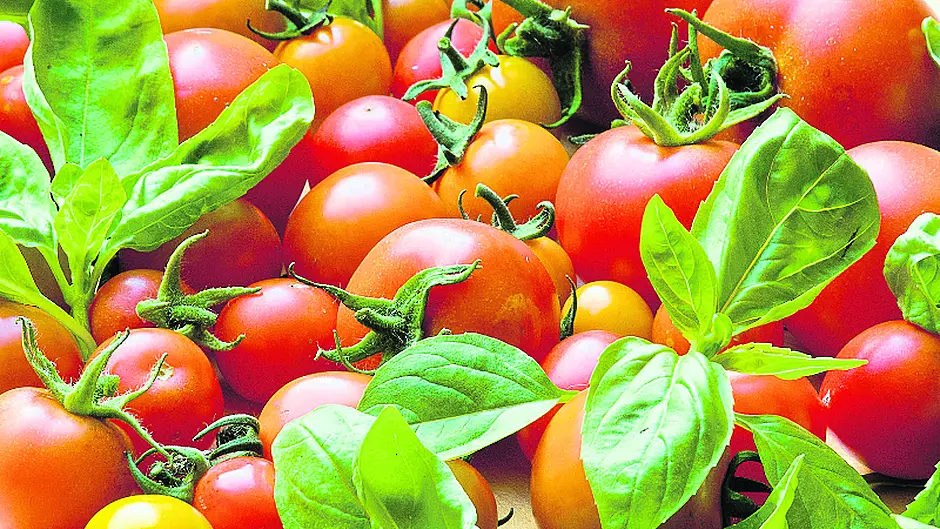Gardening with Joyce Russell
THE garden starts to wind down gently in September and a hint of autumn can be felt in the air. Some of the major crops like onions and potatoes are probably lifted at this point and there are empty beds among the ones that are still full of plants. The first scatter of leaves heralds the fall that’s to follow, but September still bathes in the glow of summer and there are plenty of gardening tasks.
Cover empty beds…
Cover bare soil if you don’t intend to replant with winter crops. We get really high levels of rain in this part of the country and nutrients can soon be washed out. As a comparison: I recorded more rain in the month of December last year, than some parts of the UK get in a whole twelve months.
Mulches such as grass clippings or straw will shed a certain amount of water and black polythene will provide excellent protection.
Or grow something in them
This is a good time to get spring cabbage plants into the ground. Swiss chard and spinach also do well in an average winter outdoors. Buy young plants if you haven’t grown your own: look in garden centres and on market stalls.
In the greenhouse
Tomatoes should be in full production now. Keep picking so none burst, or fall to spill seeds on the ground. I found that the first fruits were rather thick skinned and slow to start ripening this year, but once plants got going there were lots of perfect fruits.
Cherry tomatoes and basil are a perfect match. Use them together in salads and if you have plenty of both, think about making pesto and tomato sauces as well. Basil needs sun and is very temperature sensitive. It will start to drop leaves before too long, so harvest regularly and enjoy this taste of summer for as long as you can.
Don’t let blight or moulds gain a hold. Cut off and dispose of any affected leaves before the problem spreads. Tomatoes will continue to ripen fruit even if most of the lower leaves are removed.
A fondness for Florence fennel
This vegetable is a favourite of some and others don’t see what the fuss is about. I am very fond of it and, although the summer plants might get a little lost in the glut of crops, in the middle of winter it can be a special treat.
Fennel isn’t frost hardy so it won’t survive cold weather outdoors. It can do very well in a greenhouse or polytunnel however, and this is a good time to get young plants in the ground.
Try not to disturb the roots when planting, or sow seed direct in drills and thin to 15cm apart when plants are a few inches tall. Protect young plants from slugs and keep the soil damp. Once plants are established they don’t need much attention and soon produce a mass of feathery leaves (these can be used as a fresh herb). The swollen bulbs should be ready to harvest from December on.
Note: fennel plants were killed in my polytunnel in the ‘big freeze’ winters, but not in any other ones.
Winter brassicas
Watch out for caterpillars on brassicas and act swiftly if you spot them. These pests can do their worst damage in September and they soon strip plants. If foliage is being eaten, then check the underside of leaves and in any folds. Some caterpillars are small and others are large, but in big enough numbers they can all do enough damage to set back the cropping potential of plants.
If this is a persistent problem each year, it might be worth investing in a wire or net cage to keep butterflies off the plants in the first place.
Tall growing plants such as broccoli, sprouts and kale, should all have strong stakes to support them as they grow. Remember to keep tying the growing stems to the stakes with twine. If there is only one tie, the stem may break across this point in any strong wind.
Flower borders
Keep deadheading plants that are prolific bloomers and cut back the stems of any perennials that have died back. The aim is to tidy the border at this stage and to allow plenty of room for the flowers that are still showing off.
It’s also time to think about planting spring flowering bulbs. There are plenty of options available to buy, so take a few chances and try some new and unusual types.
If old clumps of daffodils or tulips showed signs of disease last year, then don’t plant new bulbs in the same place. And remember to empty containers and start with fresh compost if you want to get the best from a spring bulb display.







